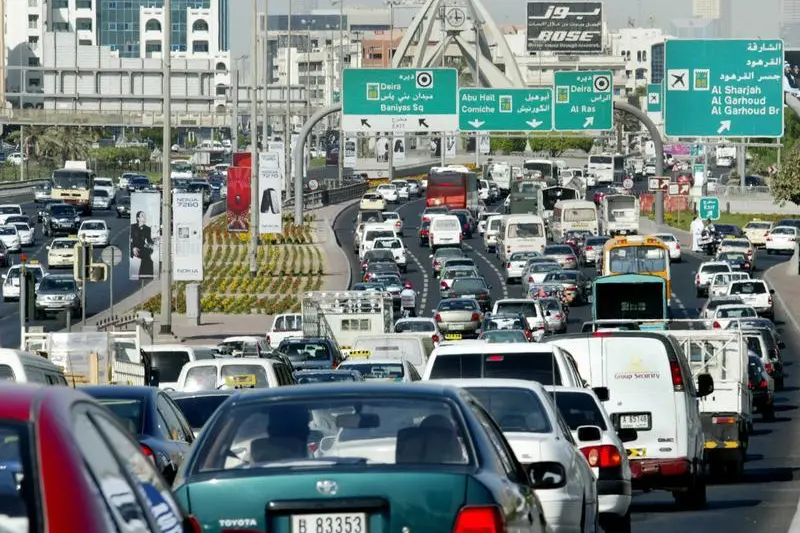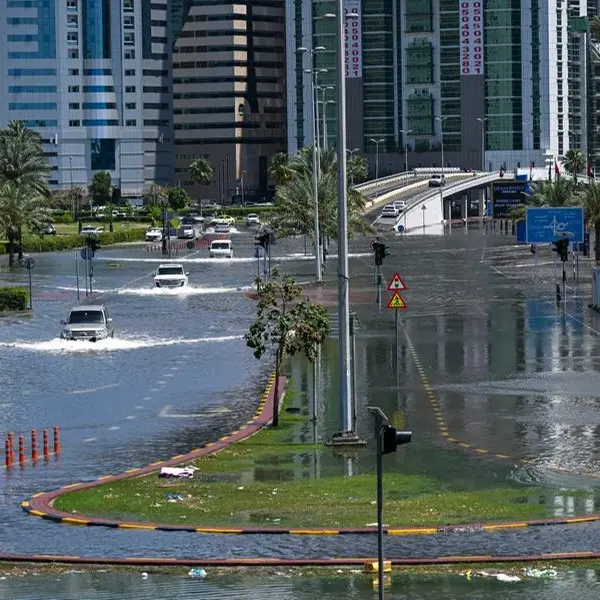PHOTO
Tuesday, Aug 23, 2016
Dubai: All public transport buses in Dubai will soon have anti-crash technology that has helped reduce accidents by 50 per cent during its trial phase, Gulf News can confirm.
The technology, developed by the Roads and Transport Authority, won the Transportations Smart Services Excellence award at the Middle East Smart Government and Smart Cities Excellence Awards in June.
According to Abdullah Yousuf Al Ali, CEO of RTA’s Public Transport Agency (PTA), the accident prevention system is currently implemented in a few intercity and urban buses and all buses will be equipped with the technology soon.
“We are happy with the results of the system that has brought down ‘own fault’ accidents by bus drivers by 50 per cent. Currently, we are tendering the project for implementation in all public transportation buses,” said Al Ali.
He added that the safety performance of buses equipped with the technology when compared to other public transport operators worldwide is much better.
“The accident rate during the year 2015 for RTA buses is 0.49 ‘own fault’ accident per 100,000km. We reduced the accident rate by 50 per cent, from 1.05 in 2010 to 0.49 in 2015,” he said.
The system is based on multiple sensors, advanced cameras, as well as warning and alert systems that are directly connected to the Operation Control Centre (OCC)
“The system assists by alerting the driver and OCC about potential threats that might result in accidents. The technology comprises a fatigue monitoring and alerting system, a collision alert system, speed monitoring as well as alerting on tailgating, lane departure and pedestrian collision,” said Al Ali.
He added: “The parameters which we are now planning to monitor will also reduce fuel consumption and hence will facilitate in improving environmental performance. Safety and environmental sustainability is one of the strategic goals of RTA.”
According to RTA, the buses equipped with the technology saw an 88 per cent reduction in incidence of fatigue, 76 per cent reduction in distraction of drivers, 60 per cent reduction in forward collision warning and 70 per cent improvement in driver behaviour.
Explaining how the system monitors the driver, he said: The closure of the eye is constantly monitored using a special camera. The system will work even if the driver uses spectacles. Video is recorded and communicated to the control centre for validation. OCC notifies the driver and seeks his ability to drive. If required, brakes are provided to the driver and may replace the driver if repeated fatigue incidents are reported.”
He added that all bus drivers undergo training to deal with passengers and stress.
Mattar Al Tayer, director-general and chairman of the Board of Executive Directors of RTA, recently visited Al Aweer bus depot and expressed his keenness to use more smart technologies as he reviewed a host of creative initiatives, including the mystery inspector aimed at monitoring any violations undermining the safety of riders.
Apart from anti-crash technologies, RTA has also equipped buses with sensors that can detect faults and alert the operation control centre immediately.
All buses are equipped with optical scanners to detect any potential or actual faults and pinpoint them without human intervention to maintain smooth bus operations.
Among the other technologies are simulators used for training bus drivers. The device is aimed at curbing accidents and the cost of training drivers in professional driving.
RTA also operates a recycling workshop for reprocessing spare parts of scrapped buses, which Al Tayer reviewed recently.
Among the green initiatives at PTA is the reduction of paper use from 87 per cent in 2014 to 16 per cent in 2016.
Al Tayer and team officials also took a ride on a compressed natural gas-powered bus, which is on a 12-month trial.
He was briefed about the trial run of the bus, which is deployed on a route from Deira City Centre to Al Nahda 1.
Technology
•Fatigue Monitoring and Alerting System
•Collision Monitoring and Alerting System
•Tailgating, lane departure and pedestrian collision alert
•Speed Monitoring System
Results
• 88% reduction in incidence of fatigue
• 76% reduction in distraction
• 60% reduction in forward collision warning
• 70% of driver improved behaviour
By Shafaat Shahbandari Staff Reporter
Gulf News 2016. All rights reserved.












